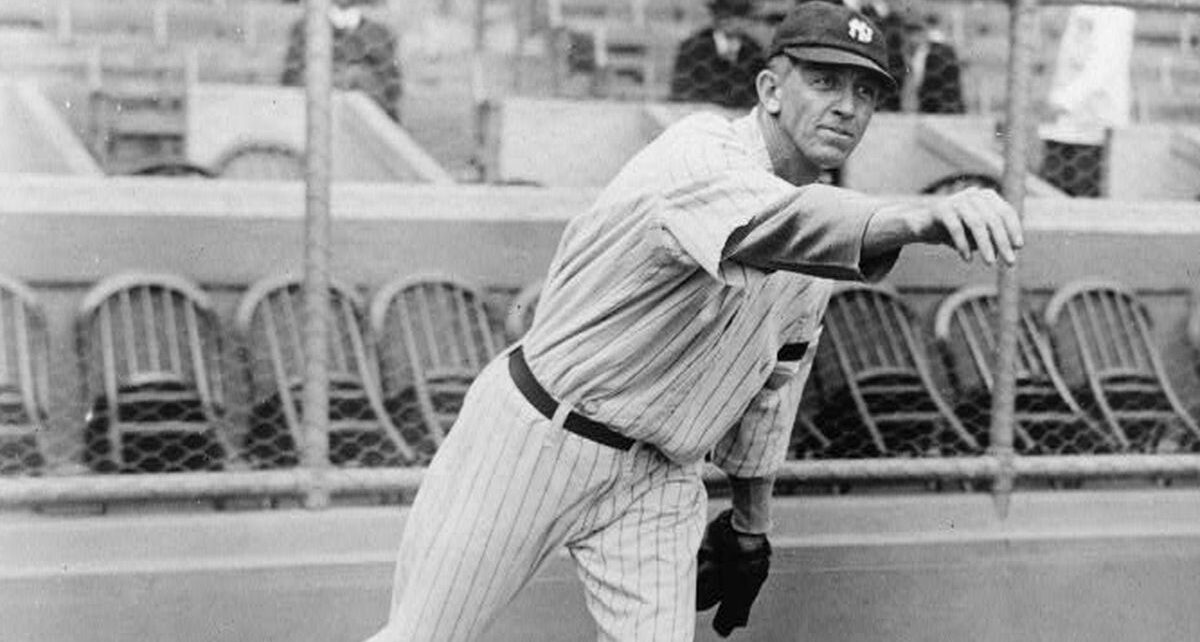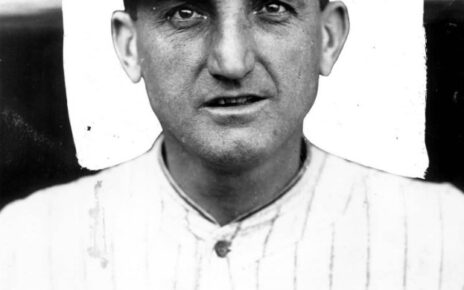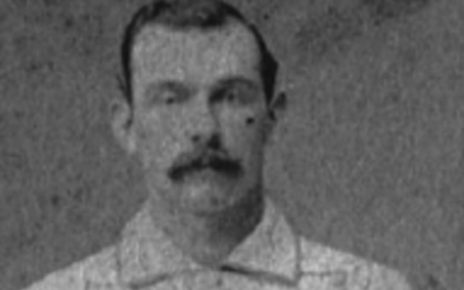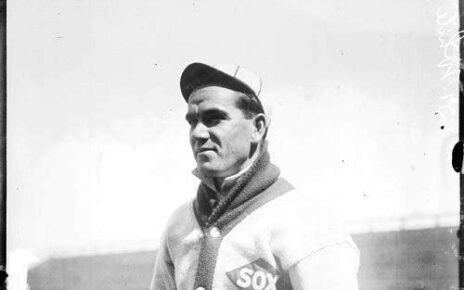When it comes to gifted but troubled pitchers there is one person at the top of the mountain; Ray Caldwell. His 23-year career was a consistent mixture of brilliance and unpredictability. He’d follow up a season where he was the best pitcher in the American League with a season where he left the team during a road trip to go on a binge of booze, drugs, girls, and gambling. Along the way, he also had a few seasons where he qualified as a two-way player.
In 1910 with the McKeesport Tubers of the C-level Ohio-Pennsylvania League he appeared in 31 games as a pitcher and an additional 20 games at an unknown position. Over his 191.0 innings pitched he had a WHIP of 1.492, but not much else is known about his performance that year. In 144 at-bats he slashed .229/?/.271. An incomplete data set doesn’t reveal much about Caldwell’s two-way prowess.
When 1911 rolled around Caldwell was playing with the AL’s New York Highlanders. He pitched in 41 games that year, while also playing 7 games in left field and 4 in right field. Cladwell slashed .272/.323/.313 for a 73 OPS+ in 158 plate appearances. In 255.0 innings on the mound, he flashed moments of the brilliance that would come to define parts of his career. A 3.35 ERA, 3.07 FIP, 1.251 WHIP, and 1 shutout contributed to a 107 ERA+. Altogether he produced 5.8 rWAR, though most of that was on the pitching side of the ledger.
He wouldn’t qualify as a two-way player again until his 1918 season with the now New York Yankees. That season he pitched in 24 games and saw action in 2 games in left field, 12 games in center field, and 5 games in right field. He had a down year as far as his pitching went. Over 176.2 innings he had a FIP of 2.78, WHIP of 1.330, ERA of 3.06, and an ERA+ of 92. He was a much better hitter in 1918, slashing .291/.352/.377 with only 23 strikeouts in 169 plate appearances. His OPS+ of 118 was a career-high in a qualifying season, and his overall rWAR of 2.9 was down, but still respectable.
The Corydon Township (a town that no longer exists) native took a few more years off from qualifying for two-way status until 1925. That season with the Little Rock Travelers of the A-level Southern Association he took the field for 21 games at an unknown position and pitched in 29 games. He had one of his middling pitching years in 1925, with a lackluster 4.10 ERA and 1.303 WHIP in 193.1 innings. With the bat, however, Caldwell excelled. His slash line of .330/?/.408 over 103 at-bats was the high mark of his career.
He was back at it for the Travelers in 1926. Appearing in 41 games as a pitcher and 16 games at an unknown position. His bat cratered to a slash of .213/?/.254 over 122 at-bats. In his 298.0 innings pitched he showed more of his old form. His ERA was a respectable 3.41 and his WHIP the same at 1.275. There wasn’t much to suggest that Caldwell should keep trying to be a two-way player. If anything his efforts in 1925-26 showed that he could only put up a decent season on one side of the ball at a time.
It appears that Caldwell’s managers during his remaining 7 years in professional baseball got the message. In those years Caldwell reverted back to being solely a pitcher, but the hard life he had chosen and his many years of playing time took their toll on the once flashy right-handed pitcher. 1933 would prove to be Caldwell’s last professional season, and he was the definition of terrible. When looking back at his two-way contributions it’s hard to see why Caldwell kept getting chances. He clearly had the talent to be a great pitcher, and with his off-the-field issues taken into account, that is where his focus should have been. As it stands, Caldwell is yet another failed Deadball Era two-way player.
Lead photo courtesy of Unknown – WikiCommons




